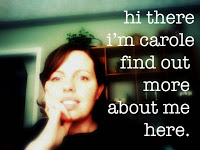Growing up in the suburbs, I saw the effects of the sprawling suburban landscape; I observed a shift from open and natural spaces to engineered environments. Land, which I once knew as forest, a place for retreat from the fenced in backyard was transformed into subdivisions, parking lots, and infrastructure. This observation raises the question: How has the perception our natural world shifted? I marvel at the beauty of the natural landscape and feel compelled share my viewpoint on issues regarding overdevelopment through my ceramics and mixed media sculptures. In using these materials there is duality in the origins of the material and content, and through them I build artificial versions of already artificial landscape.
With the end of WWII, 1950’s suburban dreams littered the surface of American communities in the form of small, quaint, and well-made houses. Ensuing generations expanded upon the aura of the “American Dream” on a much larger scale. Rapidly the market desired newer and bigger, creating an unstable infrastructure and housing with ephemeral qualities. This development deplete farmland and forests vital to the both natural world and human existence.
Along with these expanding communities, it has become necessary to carve out additional highways for transportation. The stretch of winding access roads and ramps connect suburbs with metropolitan hubs. At the same time creating divisions, effectively carving up the parts of daily life into drive-only destinations: work, home, school, shopping. These highways with their advertisements lure residents to the next current consumerist American lifestyle. A balancing act is created within an already delicate system of nature, causing the network to degrade and expose the complex issues of the substructure.
www.stephaniedukat.com
Instagram- @sdukat















